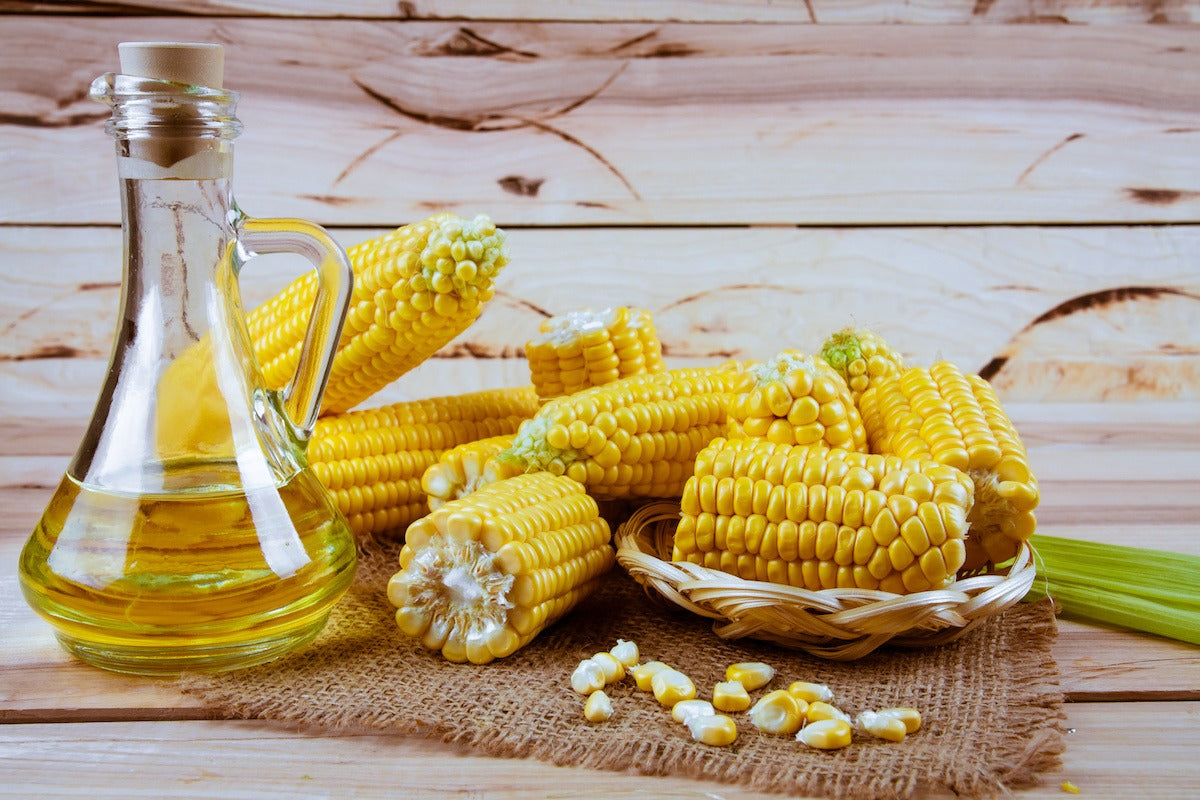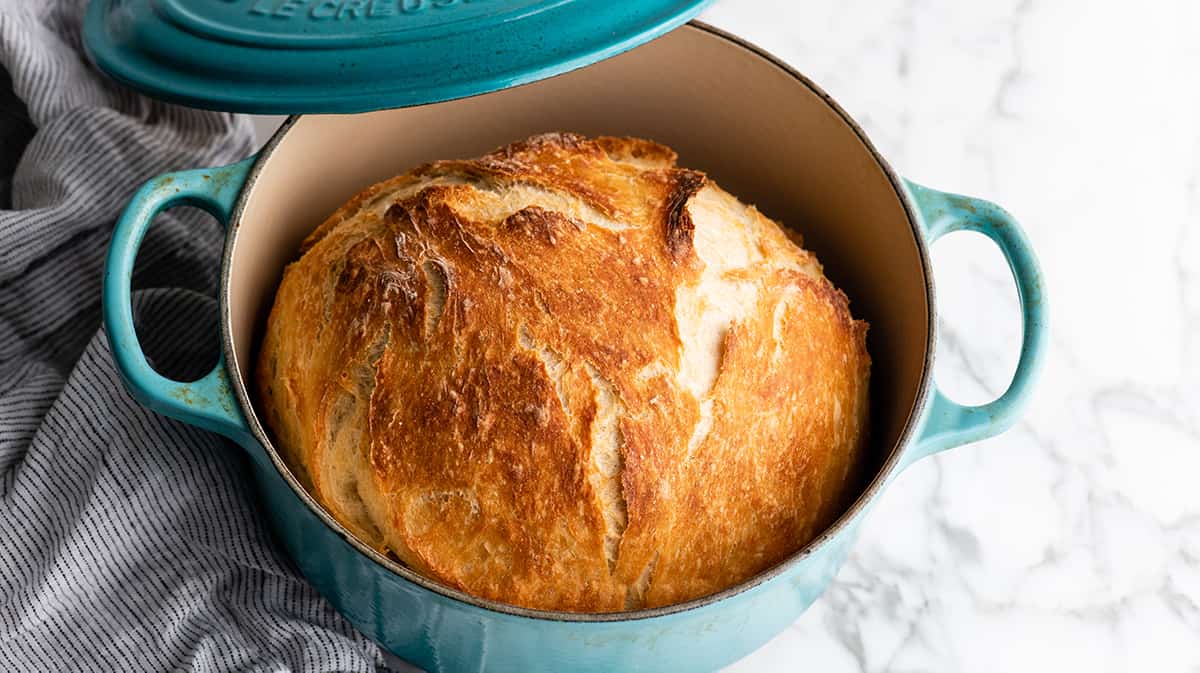Corn oil is a familiar staple in many kitchens, yet its versatility and benefits might still be underappreciated. Whether you are a professional chef or an enthusiastic home cook, understanding what is corn oil used for in cooking can elevate your culinary creations. In this article, we'll delve into the multifaceted uses of corn oil, exploring its advantages and offering practical tips for getting the most out of this valuable ingredient.

Understanding Corn Oil: An Overview
Corn oil is extracted from the germ of corn kernels. Due to its high smoke point, mild flavor, and array of health benefits, it is a preferred choice for various cooking methods. But what specifically makes it such a functional and popular oil? Check out our Extraction Methods for more details.
High Smoke Point
One of the reasons corn oil is widely used is its high smoke point, which is around 450F (232C). This makes it ideal for high-temperature cooking methods like frying, sauting, and grilling. Unlike some other oils that break down at lower temperatures, corn oil maintains its integrity, ensuring that your food cooks evenly without any burnt, unpleasant aftertaste.
Mild Flavor
Corn oil has a neutral taste, which makes it versatile in various culinary applications. It does not overpower the flavors of the dish but rather complements them. This characteristic makes it perfect for recipes where the primary ingredients' flavors are meant to shine. Read more about Oil Flavor.
Health Benefits
Corn oil contains polyunsaturated fats and a good amount of vitamin E. These fats can help reduce bad cholesterol levels, making it a heart-healthy option. Additionally, vitamin E offers antioxidant properties that can support cellular health. However, moderation is key, as with any oil.

How Corn Oil Is Made: A Peek into the Process
Understanding the production process of corn oil can provide more insight into its benefits and uses. Here's a step-by-step overview:
Extraction
The first step in the production of corn oil is the extraction of oil from the germ of corn kernels. This is typically done using a mechanical press or through solvent extraction methods.
Refining
After extraction, the crude oil undergoes refining to remove impurities, resulting in a clear, light-colored oil. The refining process also extends the oil's shelf life and enhances its cooking properties.

Using Corn Oil in Different Cooking Methods
Now that we have covered the basics, let's dive into how to use corn oil in various cooking methods to enhance your culinary endeavors. Click here for our detailed Cooking Methods guide.
Frying
The high smoke point of corn oil makes it perfect for frying foods, achieving a crispy exterior without burning. It's commonly used to fry chicken, fish, and even doughnuts. The neutral taste ensures that the flavor of your fried food remains the star of the show.
Sauting
Corn oil works well in sauting, where ingredients are cooked in a small amount of oil at medium-high heat. It helps in developing the flavors and providing a slight crispiness required for vegetables and proteins alike.
Baking
In baking, corn oil can be used as a substitute for butter or margarine. It adds moisture and can make baked goods like cakes and muffins lighter and fluffier. This makes it a great choice for both sweet and savory baked items. Click here for our favorite Baking Recipes.
Grilling
When grilling, corn oil can be brushed onto meats and vegetables to prevent sticking and to add a subtle flavor. Its high smoke point means it wont break down, even under the direct heat of the grill.

Special Recipes Featuring Corn Oil
To provide a more hands-on approach, here are some recipes where corn oil can shine:
Crispy Fried Chicken
Ingredients:
- 4 chicken breasts
- 2 cups buttermilk
- 2 cups flour
- 1 tsp paprika
- 1 tsp garlic powder
- Salt and pepper to taste
- Corn oil for frying
Instructions:
- Marinate the chicken in buttermilk for at least 2 hours.
- Mix flour, paprika, garlic powder, salt, and pepper in a large bowl.
- Heat corn oil in a skillet over medium-high heat.
- Coat the chicken in the flour mixture, then fry until golden brown and crispy.
Sauted Vegetables
Ingredients:
- 1 zucchini, chopped
- 1 bell pepper, sliced
- 1 onion, chopped
- 2 cloves garlic, minced
- 2 tbsp corn oil
- Salt and pepper to taste
Instructions:
- Heat corn oil in a pan over medium heat.
- Add garlic and onion, saut until translucent.
- Add zucchini and bell pepper, cook until tender yet crisp.
Tips for Storing Corn Oil
Proper storage of corn oil ensures its longevity and maintains its quality. Here are a few tips:
Store in a Cool, Dark Place
Corn oil should be stored in a pantry away from direct sunlight to avoid oxidation, which can degrade the oil and reduce its shelf life. Check out these Storage Tips for more information.
Sealed Container
Always keep corn oil in a tightly sealed container to prevent exposure to air, which can lead to rancidity over time. For more on maintaining kitchen cleanliness, visit these Top Tips for Cleaning Kitchen Tiles.
Frequently Asked Questions about Corn Oil
Is corn oil healthy for cooking?
Yes, corn oil is relatively healthy when used in moderation. It contains polyunsaturated fats, which can lower bad cholesterol levels, and vitamin E, an antioxidant that supports cellular health.
What is the smoke point of corn oil?
The smoke point of corn oil is approximately 450F (232C), making it ideal for high-temperature cooking methods like frying and grilling.
Can I use corn oil for baking?
Absolutely. Corn oil adds moisture to baked goods and can be used as a substitute for butter or margarine in many recipes.
Embrace the versatility and benefits of corn oil in your kitchen. Whether frying, sauting, or baking, this oil can be a game-changer in your culinary journey. For more details on different cooking oils, check out this comprehensive guide.
As an Amazon Associate, I earn from qualifying purchases.






Leave a comment
This site is protected by hCaptcha and the hCaptcha Privacy Policy and Terms of Service apply.